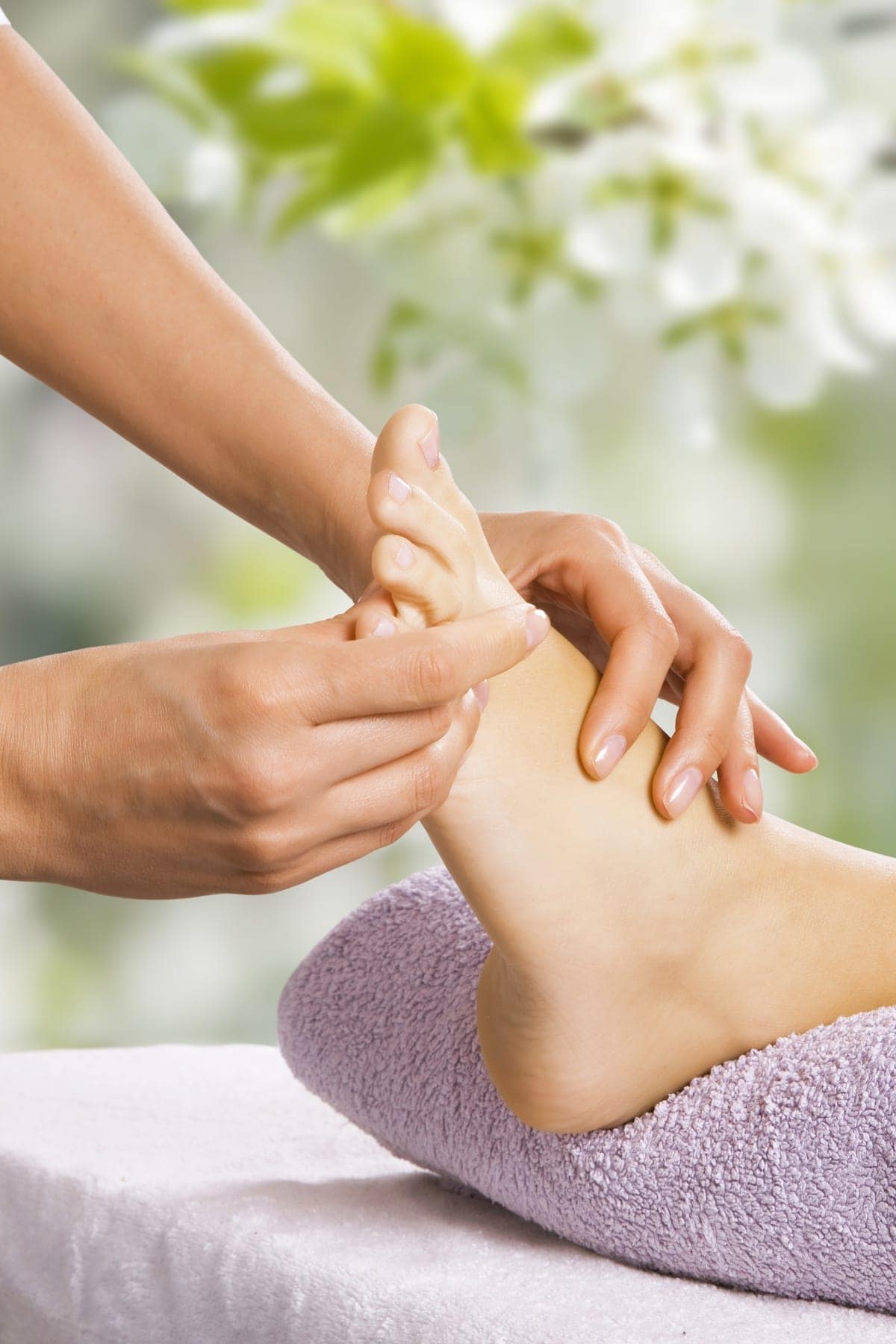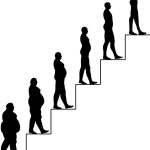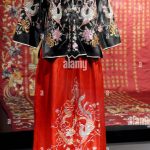Step into the serene world of Thai Foot Massage, where ancient traditions meet modern wellness. More than just pampering, this time-honored practice blends Eastern wisdom with therapeutic massage, offering a holistic approach to unlocking your inner vitality and restoring balance. Embark on a journey to discover the secrets of this ancient healing art, from its rich history to its transformative techniques, and rediscover a renewed sense of well-being.
Discovering the Magic of Thai Foot Massage
Ever feel like your feet are carrying the weight of the world? They probably are! Give them some TLC with a Thai foot massage. This isn’t just a foot rub; it’s a 2,000-year-old healing art that may unlock surprising vitality. Rooted in traditional Chinese medicine and passed down through generations in Thailand, it blends acupressure, reflexology, and assisted stretching to balance your body and mind.
What Does a Thai Foot Massage Do?
Thai foot massage is a whole-body experience. It blends reflexology, traditional Chinese massage, and gentle, assisted yoga-like stretches – all focused on your feet and lower legs. This ancient practice, possibly over two millennia old, with roots potentially linked to Buddhist monks, revolves around stimulating energy flow along “Sen” lines throughout your body. This energy boost can unwind tight muscles, calm the mind, improve circulation, and promote a sense of balance and health.
Our hard-working feet deserve pampering. A Thai foot massage releases pent-up tension and addresses underlying imbalances. Research and anecdotal evidence suggest regular Thai foot massages may help alleviate stress and anxiety, ease muscle soreness, improve flexibility in feet and ankles, manage pain by increasing circulation and reducing inflammation, and boost overall well-being, possibly enhancing mood and sleep quality.
Here’s a summary of potential benefits:
| Benefit | Possible Explanation |
|---|---|
| Stress and tension reduction | Releases muscle tension and promotes relaxation. |
| Improved circulation | Stimulates blood flow to the feet and lower legs. |
| Increased range of motion | Stretching and manipulation can improve flexibility. |
| Pain relief | May reduce inflammation and release endorphins. |
| Immune system boost | Some believe it stimulates lymphatic drainage and energy flow. |
| Improved balance | Enhances awareness and proprioception in the feet. |
| Enhanced mental well-being | Promotes relaxation and reduces stress hormones. |
Thai foot massage and reflexology share similarities, working with pressure points on the feet. However, Thai foot massage takes a broader approach, incorporating massage and stretching for a more comprehensive treatment. While many experience positive results, scientific research is ongoing. Some experts believe benefits link to the stimulation of nerves and energy pathways, while others suggest it’s primarily the relaxation response. It probably involves a combination of factors. If you’re curious, give it a try! Everyone’s experience is different. Perhaps this ancient practice offers your unique path to greater health and well-being.
Reflexology vs. Thai Massage: Understanding the Differences
Curious about the difference between reflexology and Thai massage? Both promote wellness, but take different routes. Reflexology focuses on feet and hands, applying pressure to reflex points corresponding to different organs and systems. Imagine a miniature body map on your feet – working these points may tune up your whole system.
Thai massage is a full-body experience, sometimes called “assisted yoga,” involving stretching and movement. The practitioner guides you through poses, applying pressure along “Sen” energy lines (like acupuncture without needles), using compressions and joint mobilizations to loosen muscles and improve flexibility, promoting energy flow, relaxation, and overall well-being. Reflexology works the control panel, while Thai massage tunes up the whole machine.
Reflexology has ancient roots in Egypt, China, and India, also connecting to modern zone therapy. While its exact mechanism is still under scientific investigation, many find it helpful for managing ailments and promoting relaxation. Thai massage, deeply connected to traditional Thai medicine and Buddhist spiritual practices, likely influenced by Ayurveda (India’s traditional medicine system), has evolved over centuries into a popular therapy for flexibility, muscle tension relief, and overall well-being.
Here’s a summary of key differences:
| Feature | Reflexology | Thai Massage |
|---|---|---|
| Focus | Feet and hands | Full body |
| Techniques | Pressure application to reflex points | Assisted stretches, compression, joint mobilization, acupressure |
| Primary Goal | Relaxation, stress reduction, specific ailment relief | Flexibility, energy balance, relaxation, well-being |
| Origins | Ancient Egyptian, Chinese, and Indian practices; Zone Therapy | Ancient Thai Medicine, Buddhist practices, Ayurvedic influence |
The best choice depends on your needs. Reflexology might suit specific issues like headaches or digestive problems. For improved flexibility, muscle tension release, and increased energy, Thai massage could be a better fit. Ongoing research continues to explore how these therapies work and for whom they are most effective. Some believe benefits stem from the relaxation response, while others suggest more specific mechanisms. Consult a healthcare professional or qualified practitioner, especially with underlying health conditions, to determine what’s best for you.
What to Wear to a Thai Foot Massage
Heading for a Thai foot massage? Great! Comfort is key. Wear loose, breathable clothing that allows for relaxation and easy movement for the therapist. Think sweatpants, yoga pants, loose shorts, baggy t-shirts, flowy tops, or a cozy sweater. Natural fabrics like cotton or linen are ideal. Avoid restrictive clothing like tight jeans, pencil skirts, or anything constricting.
You’ll typically be fully clothed during the massage. Some spas offer loose clothing to change into, so call ahead to confirm. Some believe natural fibers enhance energy flow, although scientific evidence is still being investigated. While loose clothing is the general rule, specific attire may depend on the spa and the therapist’s techniques. Check with the spa beforehand, especially if their methods require more access to your lower leg.
Here’s a clothing guide:
| Recommended Clothing | Why? | What to Avoid | Why? |
|---|---|---|---|
| Loose-fitting pants or shorts | Allows for free leg movement | Tight jeans or skirts | Restricts movement and can be uncomfortable |
| Breathable shirts or sweaters | Promotes relaxation and comfort | Restrictive tops | Can hinder access for the massage therapist |
| Natural fabrics (cotton, linen) | Enhance comfort and potentially energy flow | Tight or stiff fabrics | May be uncomfortable and limit movement |
Prioritize your comfort and relaxation. While guidelines are helpful, your preferences matter. If unsure, contact the spa directly for specific guidance. This shows you value their expertise and can build rapport with your therapist.
Check out this yoga position on ones head and hands for ultimate relaxation and a way to de-stress. Feeling a little stressed? Seek a too good at massages and be invigorated today.
- Weight Loss Supplements That Work and Those That Dont - October 31, 2025
- Male Eating Disorders Often Missed but Increasingly Prevalent - October 29, 2025
- Males With Anorexia Nervosa Have Distinct Symptoms and Treatment Needs - October 28, 2025










